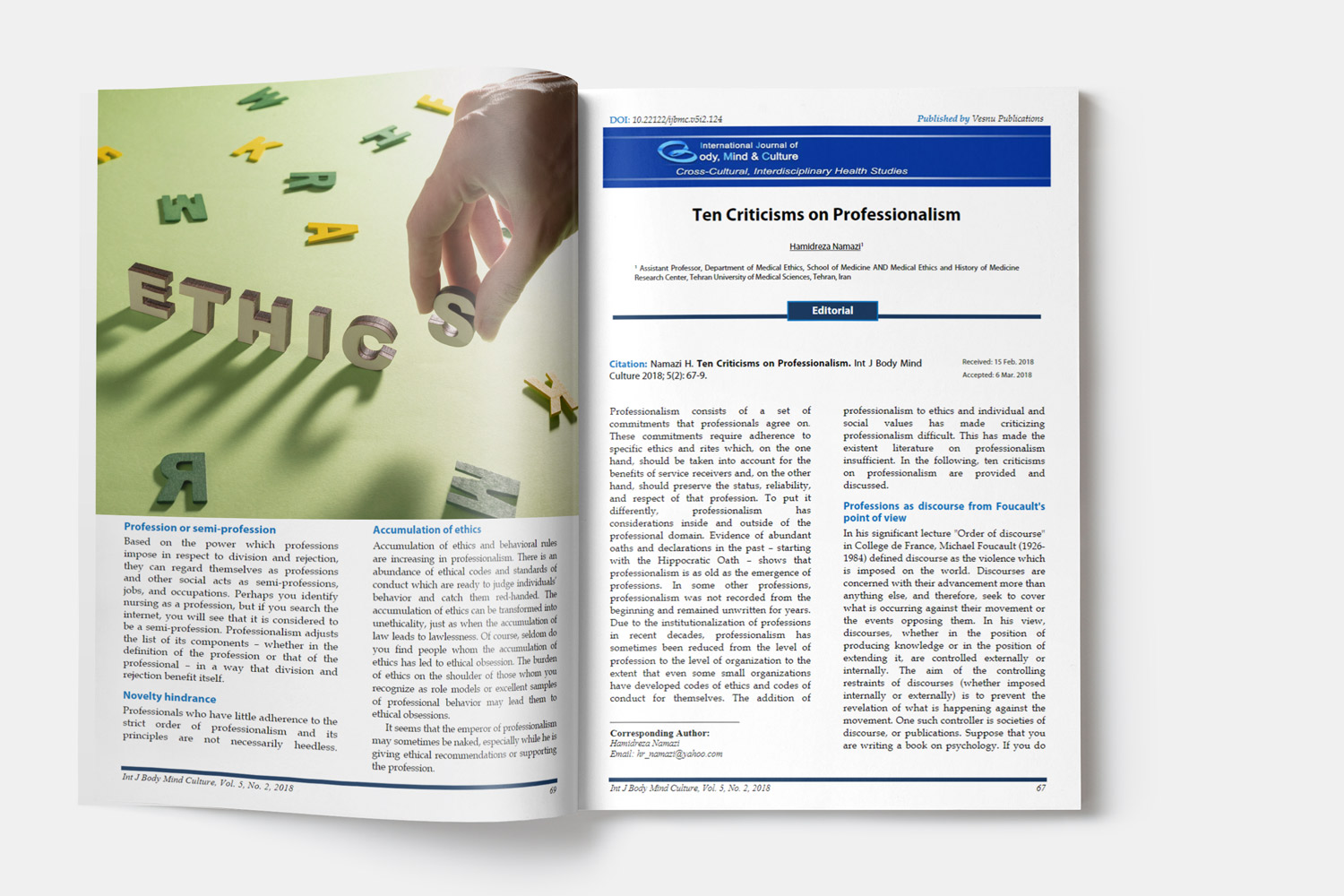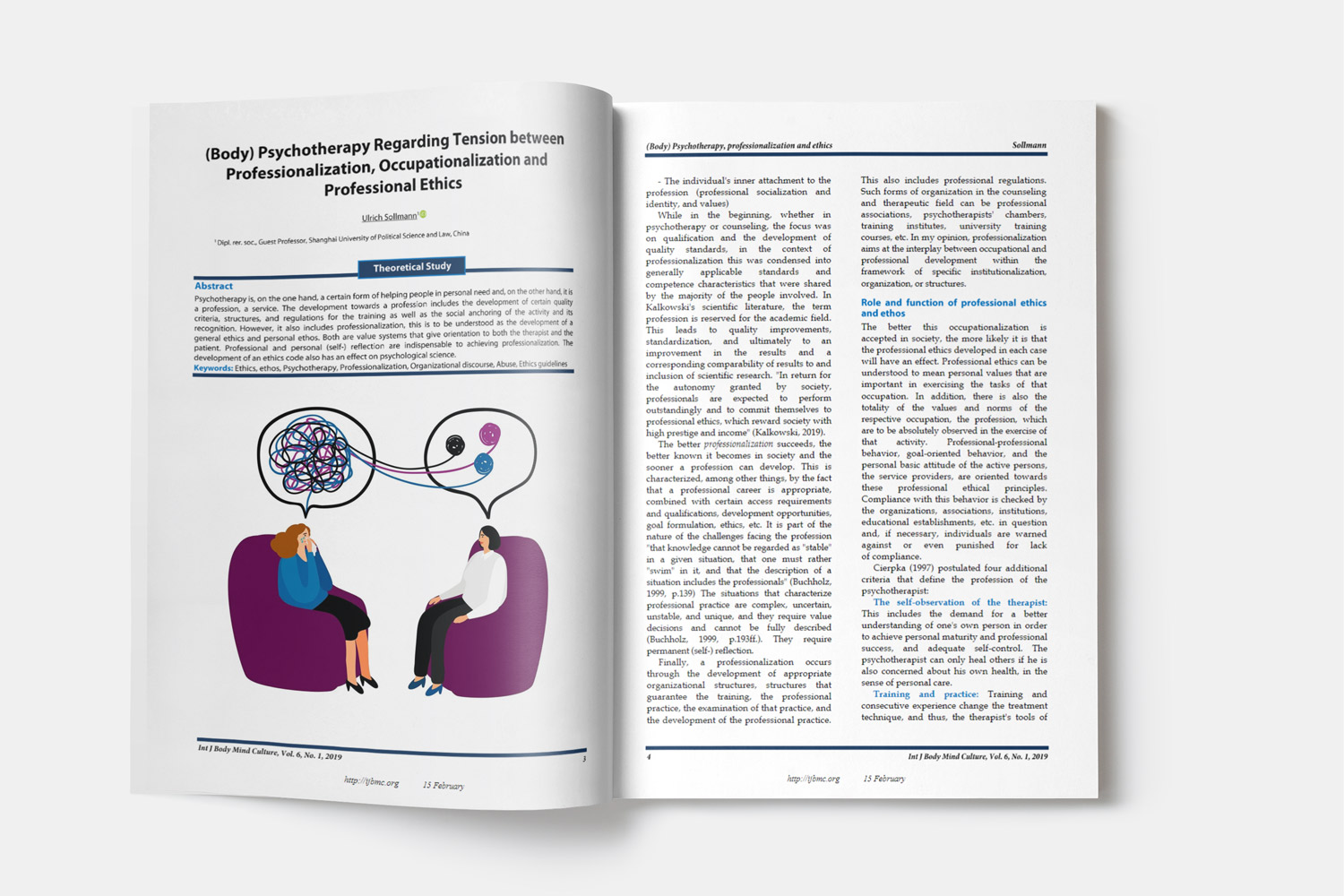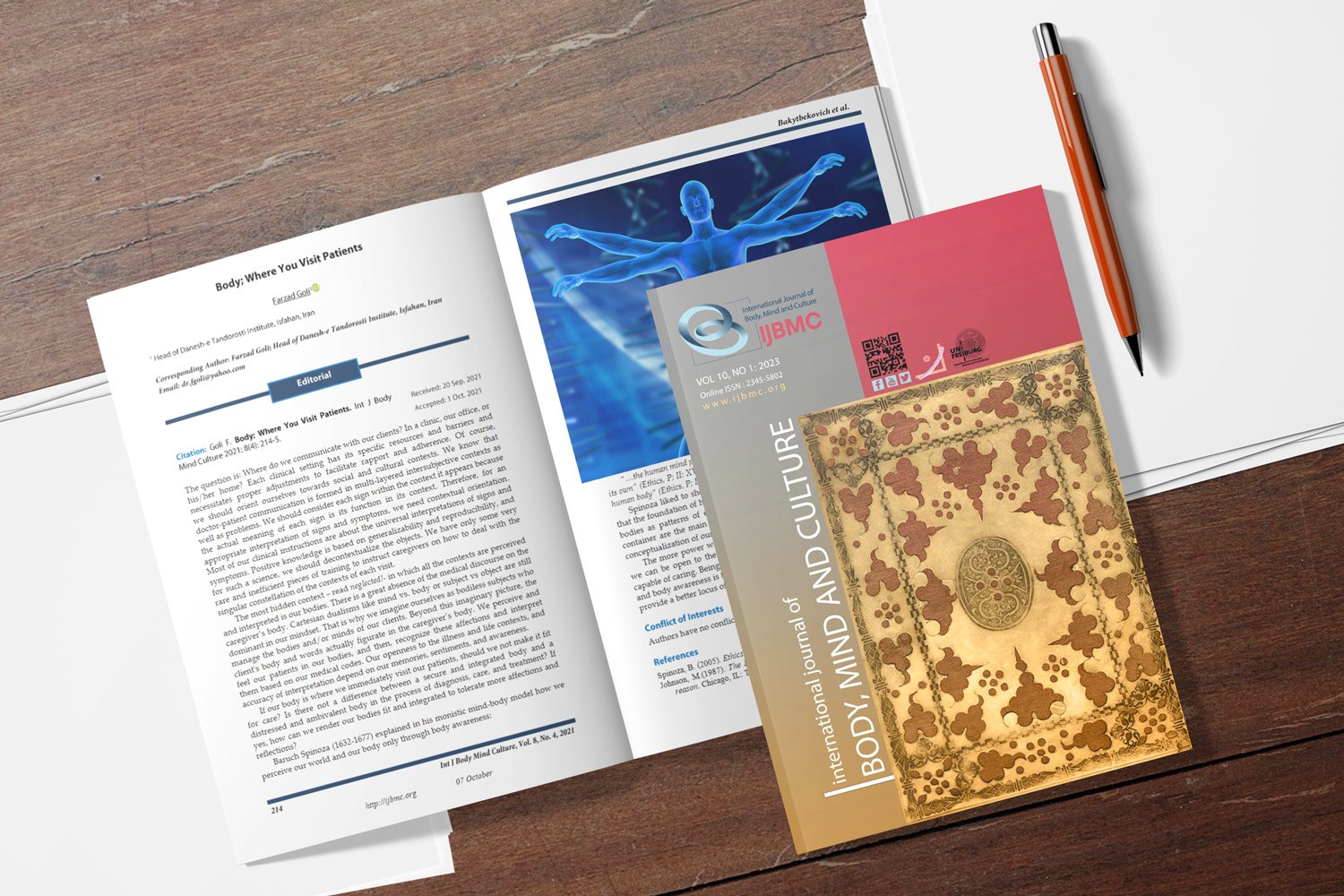Comparing the Effectiveness of Family Care Based on the Model of Health Belief, and Health-Promoting Styles Training on the Illness Perception and Somatic Symptoms of Patients with Asthma
Effectiveness of family care on patients with asthma
Downloads
Background: The purpose of this research was to compare the effectiveness of family care based on the health belief model, and health-promoting styles training on the illness perception and somatic symptoms of patients with asthma.
Methods: This semi-experimental research was conducted with a pretest-posttest design, follow-up, and a control group. The statistical population of this research included patients with mild asthma who were referred to Shahid Fayaz Bakhsh Hospital in Tehran, Iran, in the spring of 2019. Using purposive sampling, 45 of them were selected and randomly assigned to 2 intervention groups and 1 control group. The research tools included a demographic questionnaire, and the Illness Perception Questionnaire (IPQ) and St. George Respiratory Questionnaire (SGRQ). After the implementation of the health belief and health-promoting style interventions, repeated measures analysis of variance was used to analyze the data.
Results: The results of the Bonferroni post hoc test indicate a significant difference between the averages of the experimental and control groups, as well as in the pretest stage with the posttest, and pretest with follow-up in terms of the severity of the somatic symptoms. Moreover, they indicate the positive effect of the health promotion intervention and the health belief intervention in the experimental group and the continuation of these effects in the follow-up phase.
Conclusion: It can be concluded that there was a significant difference between the averages of the experimental and control groups, as well as in the pretest stage with the posttest, and pretest with follow-up in terms of the illness perception variable, which indicate the positive effect of the health promotion intervention and the health belief intervention in the experimental group and the continuation of these effects in the follow-up phase.
Downloads
Abraham, C., & Sheeran, P. (2007). The health belief model. In: Ayers, S., Baum, A., McManus, C., Newman, S., Wallston, K., Weinman, J., et al, editor. Cambridge handbook of psychology, health and medicine. Cambridge, UK: Cambridge University Press.
Ghaempanah, Z., Fazlollahi, M. R., Noorbala, A. A., Movahedi, M., Kazemnejad, A., Pourpak, Z. et al. (2013). Impact of maternal mental health on pediatric asthma control. Tanaffos., 12(4), 23-27. doi:Tanaffos-12-023 [pii]. Retrieved from PM:25191480
Goetzmann, L., Siegel, A., & Ruettner, B. (2019). The connectivity / conversion paradigm - A new approach to the classification of psychosomatic disorders. New Ideas Psychol, 52, 26-33.
Kim, S., Kim, E., & Ryu, E. (2019). Illness Perceptions, Self-Care Management, And Clinical Outcomes According To Age-Group In Korean Hemodialysis Patients. Int J Environ.Res Public Health, 16(22). doi:ijerph16224459 [pii];ijerph-16-04459 [pii];10.3390/ijerph16224459 [doi]. Retrieved from PM:31766240
Leventhal, H., Leventhal, E., & Contrada, R. (2007). Self-regulation, health, and behavior: A perceptual-cognitive approach. Psychology & Health, 13(4), 717-733. doi: 10.1080/08870449808407425 [doi].
Milioni, M., Alessandri, G., Eisenberg, N., Castellani, V., Zuffiano, A., Vecchione, M. et al. (2015). Reciprocal Relations Between Emotional Self-Efficacy Beliefs and Ego-Resiliency Across Time. J Pers, 83(5), 552-563. doi:10.1111/jopy.12131 [doi]. Retrieved from PM:25204666
Naimi, D. R., Freedman, T. G., Ginsburg, K. R., Bogen, D., Rand, C. S., & Apter, A. J. (2009). Adolescents and asthma: why bother with our meds? J Allergy.Clin Immunol., 123(6), 1335-1341. doi:S0091-6749(09)00345-5 [pii];10.1016/j.jaci.2009.02.022 [doi]. Retrieved from PM:19395075
Nunes, C., Pereira, A. M., & Morais-Almeida, M. (2017). Asthma costs and social impact. Asthma.Res Pract., 3, 1. doi:29 [pii];10.1186/s40733-016-0029-3 [doi]. Retrieved from PM:28078100
Petrie, K. J., Jago, L. A., & Devcich, D. A. (2007). The role of illness perceptions in patients with medical conditions. Curr Opin.Psychiatry, 20(2), 163-167. doi:00001504-200703000-00013 [pii];10.1097/YCO.0b013e328014a871 [doi]. Retrieved from PM:17278916
Rogers, R. W. (1975). A Protection Motivation Theory of Fear Appeals and Attitude Change1. J Psychol, 91(1), 93-114. doi:10.1080/00223980.1975.9915803 [doi]. Retrieved from PM:28136248
Sari, L. A. (2018). The Health belief model of asthma control among adult asthmatic patients in Yogyakarta Indonesia. Belitung Nurs. J, 4(5), 469-475.
Varmaghani, M., Farzadfar, F., Sharifi, F., Rashidian, A., Moin, M., Moradi-Lakeh, M. et al. (2016). Prevalence of asthma, COPD, and chronic bronchitis in Iran: A systematic review and meta-analysis. Iran J Allergy.Asthma.Immunol., 15(2), 93-104. Retrieved from PM:27090362
Walker, S. N., Sechrist, K. R., & Pender, N. J. (1987). The Health-Promoting Lifestyle Profile: Development and psychometric characteristics. Nurs Res, 36(2), 76-81. Retrieved from PM:3644262
Copyright (c) 2023 International Journal of Body, Mind and Culture

This work is licensed under a Creative Commons Attribution-NonCommercial 4.0 International License.















